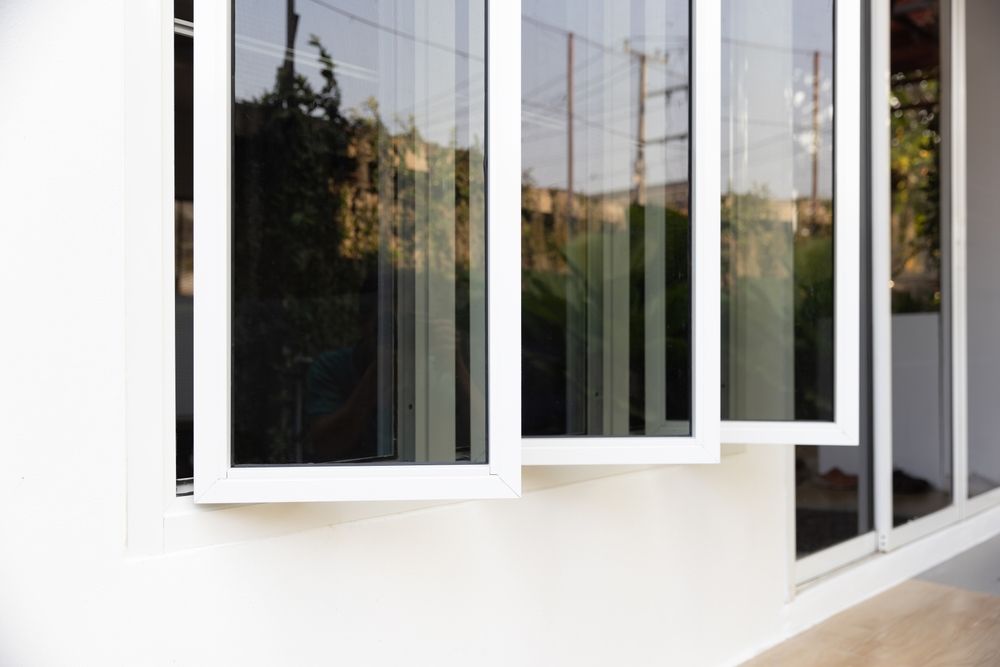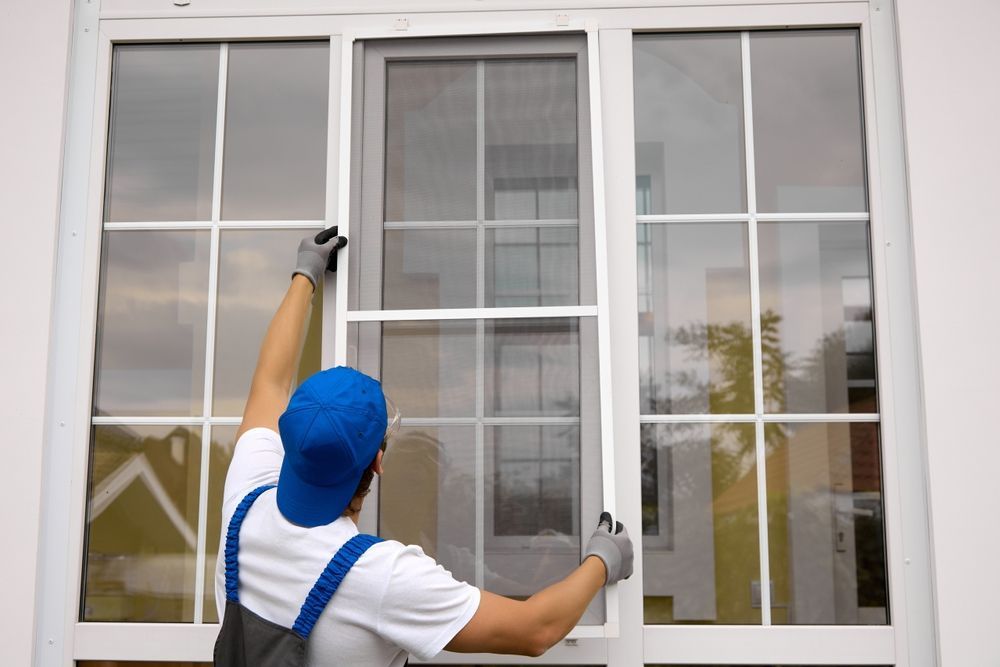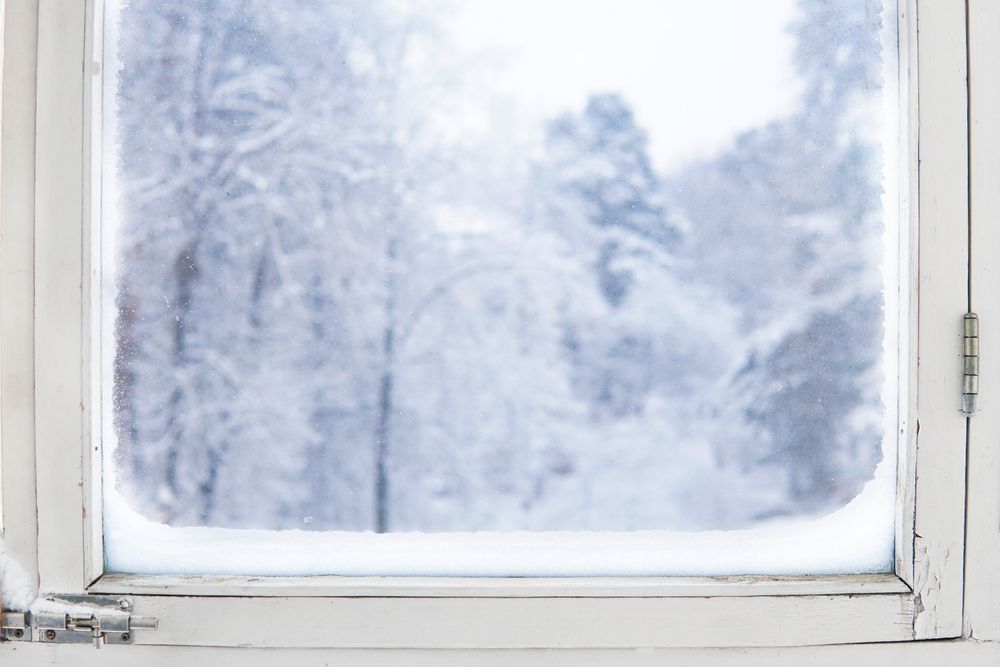Vinyl vs Fiberglass Windows: A Quick Comparison
November 19, 2025
Share this Article:
Choosing the right windows can make a big difference in how your home looks, feels, and performs throughout the year. Vinyl and fiberglass are two popular materials that both provide solid benefits, but they serve different needs depending on your priorities.
Some homeowners focus on long-term durability. Others want to boost energy savings or refresh their home’s curb appeal. Then there’s the budget, which always plays a part. If you're sorting through the options and trying to keep things simple, comparing vinyl vs fiberglass windows comes down to a few key factors to consider before making a decision.
What to Know About Vinyl and Fiberglass Windows
Vinyl windows are made from PVC (polyvinyl chloride), a type of plastic that’s known for being low-maintenance and affordable. They don’t need painting or staining, and they resist moisture, which makes them a popular choice for many homes. Over time, though, vinyl can expand and contract with temperature changes, which may affect how it seals.
Fiberglass windows are made from reinforced glass fibers, giving them a strong, stable frame that holds up well against weather and temperature swings. They're often seen as a step up in strength and longevity compared to vinyl. Because fiberglass is more rigid, these frames can support larger panes of glass without warping.
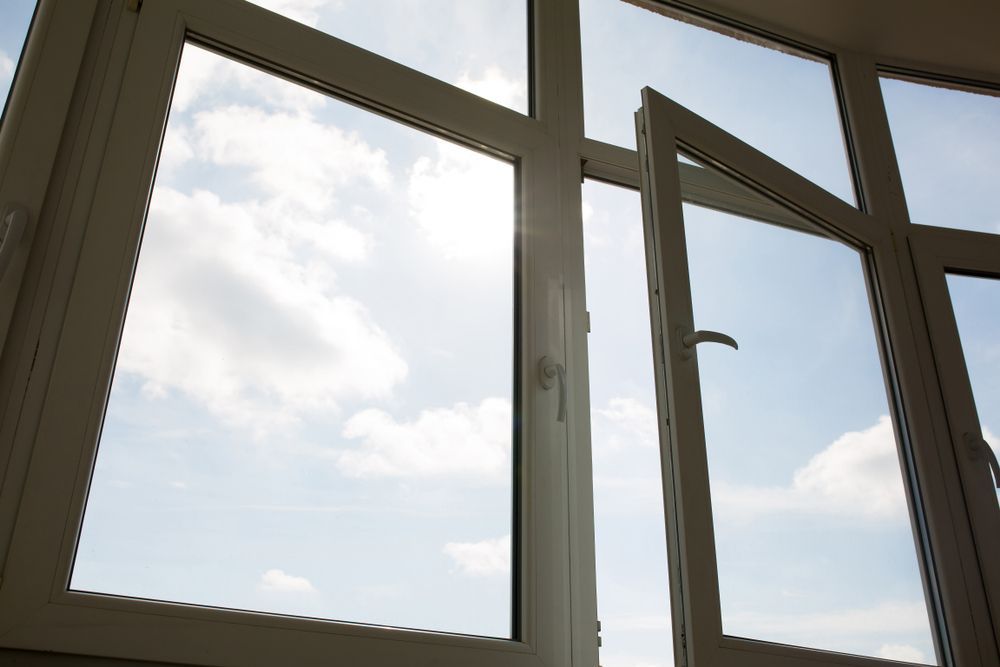
When comparing vinyl vs fiberglass windows, it helps to start with how the material behaves day to day. The frame’s ability to stay strong and look good through Chicago’s changing seasons can make a big difference in long-term performance.
Which Window Type Lasts Longer
Longevity is one of the biggest factors homeowners care about when upgrading windows. Both vinyl and fiberglass can last for years, but fiberglass tends to hold up better over the long haul. Its rigid structure resists warping, cracking, and fading, even after decades of exposure to heat, cold, and moisture. Vinyl frames can perform well too, especially in mild climates, but may start showing wear sooner in areas like Chicagoland, where the weather swings hard and often, bringing freezing temps in winter and high humidity in summer.
Quick comparison:
Fiberglass windows
- Lifespan: 30–40 years or more
- Strong resistance to warping and fading
- Holds up well under extreme temperature shifts
Vinyl windows
- Lifespan: 15–30 years, depending on quality and installation
- Builder-grade vinyl often lasts closer to 15–20 years
- May expand and contract more with temperature changes
- Color may fade over time without UV protection
If durability is your top concern, fiberglass has the edge in long-term reliability, low maintenance, and lasting performance.
How Each Material Helps Lower Energy Bills
Windows play a big role in keeping heating and cooling costs under control. Both vinyl and fiberglass frames deliver
solid insulation, but fiberglass performs better when it comes to energy efficiency. That’s because fiberglass frames are stiffer and more stable, which helps maintain a tighter seal around the glass. Less air leakage means less energy loss. Vinyl windows still provide good insulation, especially when paired with multi-pane glass, but the material is more prone to movement during temperature swings, which can affect the seal over time.
| Feature | Fiberglass Windows | Vinyl Windows |
|---|---|---|
| Insulation Value | Excellent | Good |
| Air Seal Over Time | Very stable | Can shift slightly with temps |
| Energy Star Certification | Widely available | Widely available |
| Overall Efficiency | Often higher | Still effective for most homes |
For homeowners focused on lower energy bills and year-round comfort, fiberglass windows present a slight edge.
Design Options to Match Your Home’s Style
Looks matter when it comes to windows, especially if you're updating an older home or adding a fresh finish to a newer one. Vinyl windows come in a range of colors and styles, but they’re more limited when it comes to custom shapes or exterior color choices. Most vinyl frames are available in white or neutral tones, and while some manufacturers include darker finishes, they may fade more quickly in direct sun.
Fiberglass windows grant more flexibility. They can be painted, come in a wider range of factory colors, and often mimic the look of traditional wood. That makes them a favorite for homeowners who want modern performance without giving up classic charm. Both can look great, but fiberglass provides more design flexibility.
Customization highlights:
- Vinyl: Limited colors, clean lines, basic grille options
- Fiberglass: Paintable, more exterior color choices, wood-look finishes, and custom shapes available
What You’ll Spend and What You’ll Save
Cost is always part of the decision when upgrading windows. Vinyl tends to be the more affordable option upfront, which makes it attractive for homeowners replacing multiple windows at once. It delivers solid performance at a lower price point and usually requires less labor during installation. Fiberglass windows cost more, but they typically last longer, offer better energy savings over time, and can boost home resale value. That extra upfront investment may feel steep, but it often pays off in long-term comfort, fewer replacements, and stronger curb appeal.
The choice comes down to what fits your current budget and how long you plan to stay in your home. Some homeowners go with vinyl for quick upgrades, while others invest in fiberglass for long-term return.
Cost snapshot:
Fiberglass windows
- Higher initial cost
- Greater durability and efficiency
- Better long-term value
Vinyl windows
- Lower initial cost
- Good energy savings
- Lower long-term resale boost
Making the Best Choice for Your Home and Budget
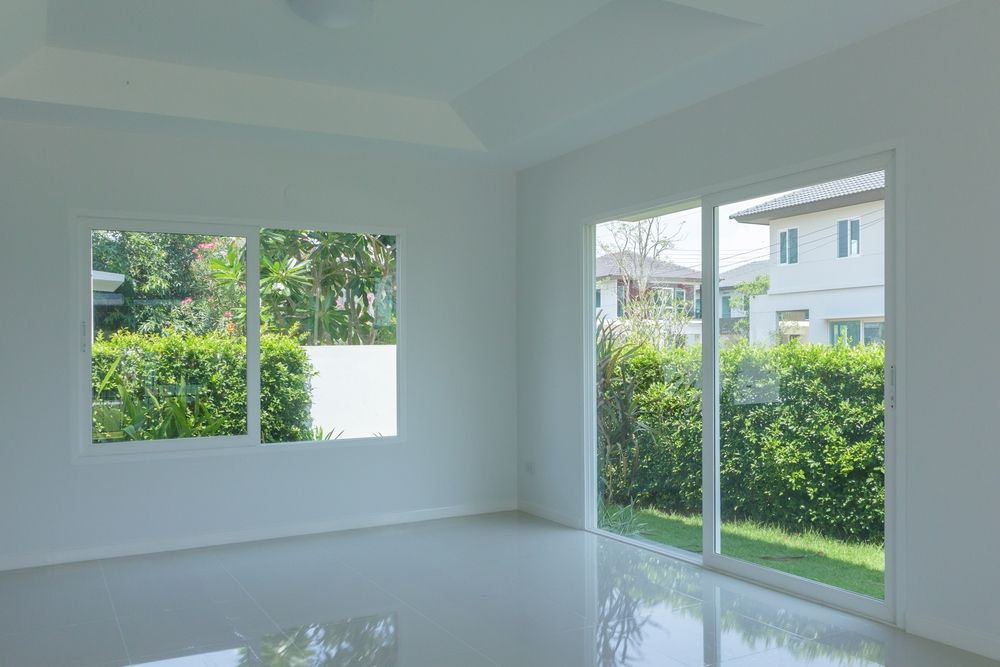
The right window depends on what matters most to you. If you're looking for a budget-friendly way to refresh your home and improve energy efficiency, vinyl windows check a lot of boxes. They're easy to maintain, look clean, and keep costs in check. If you’re thinking more long-term, staying in your home for decades, improving resale value, or investing in top-tier performance, fiberglass windows might be the better fit. They offer strong durability, stable energy efficiency, and more design flexibility.
There’s no one-size-fits-all answer, and that's where Woodland can help. Our team works with you to
find the right windows for your style, budget, and long-term plans. We’ll walk you through all the available options and help you choose
windows that fit your home, style, and budget.
Stop by our showroom or request a design consultation to start comparing options in person.
Connect with Us:

